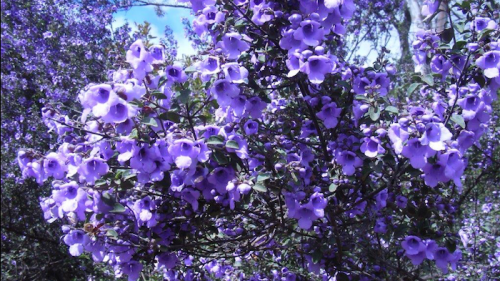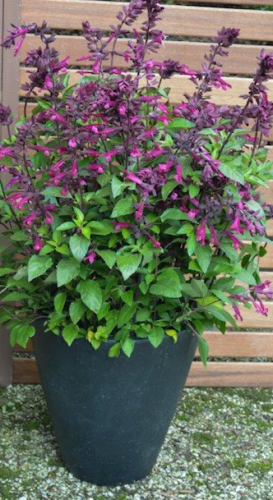
There was a time when unruly, straggly native plants were not considered worth feeding, watering or pruning. There was very little advice available, even in the ‘70s and early ‘80s, and native plants got quickly out of control in the home garden.
In those days Canberrans could pick up their 70 shrubs and 10 trees for free from the Yarralumla Nursery without really knowing that the little plant a few centimetres high in a plastic bag would grow into a 10-metre-tall Melaleuca, for example.
These little babies were planted around the perimeter of the block usually less than half a metre from fences. Nowadays, I visit old gardens where those plantings have tipped over fences and caused neighbours, in some instances, to fall out. If only the correct information was given in the first place.
We are a huge country and many native plants from other areas simply won’t grow in our climate. Fortunately, we now recognise that native plants respond to regular pruning, watering and feeding the same as every other plant.
A FEW years ago I was consulting for a large wholesale nursery in the south of England where we were trialling a wide range of Australian native plants with huge success.
Interestingly, there are more frosts in Canberra than most of southern England. In the west, in Devon and Cornwall, under the influence of the warm Atlantic gulf stream, the weather is warm enough to grow such plants as banana trees. Perfect conditions for our native plants.
Florists there almost fight over our native banksia flowers. It just needs some enterprising people to investigate and tap into this market.

growing. Photo by Plant Growers Australia
Most native plants flower in spring and into the summer with few flowering in the autumn.
Salvia “Love and Wishes” is an example of an exotic plant with the flower colour blending perfectly with say Prostanthera ovalifolia (or native mint bush). Growing to just 80cm x 80cm, it’s a perfect mix-and-match plant flowering from late summer well into the autumn. Part proceeds from the sale of this salvia are donated by its breeder, Plant Growers Australia, to Make a Wish Australia, which grants wishes to children with life-threatening illnesses.
WITH modern breeding, there is now an extensive range of smaller-growing native plants suitable not only for small gardens and containers – ideal for townhouse balconies or small courtyards.
Jottings…
- Feed native plants now with a low-phosphorus fertiliser.
- Prune native plants after flowering finishes.
- Mulch all plants with an organic mulch that helps improve the soil, such as Canberra Sand and Gravel’s Canberra Organic Mulch.
- Do not use mushroom compost near native plants or acid lovers, such as azaleas and camellias.
- Advice on growing native plants in “Australian Plants for Canberra Region Gardens” published by the Society for Growing Australian Plants, available from the Botanic Gardens Bookshop.
- Paul Kirkpatrick will give an illustrated talk on “The Lost Gardens of Heligan” at the next Horticultural Society meeting, Wesley Church Centre, National Circuit, Forrest, 7.30pm, on Monday, September 21. All welcome. Supper provided.
Who can be trusted?
In a world of spin and confusion, there’s never been a more important time to support independent journalism in Canberra.
If you trust our work online and want to enforce the power of independent voices, I invite you to make a small contribution.
Every dollar of support is invested back into our journalism to help keep citynews.com.au strong and free.
Thank you,
Ian Meikle, editor




Leave a Reply